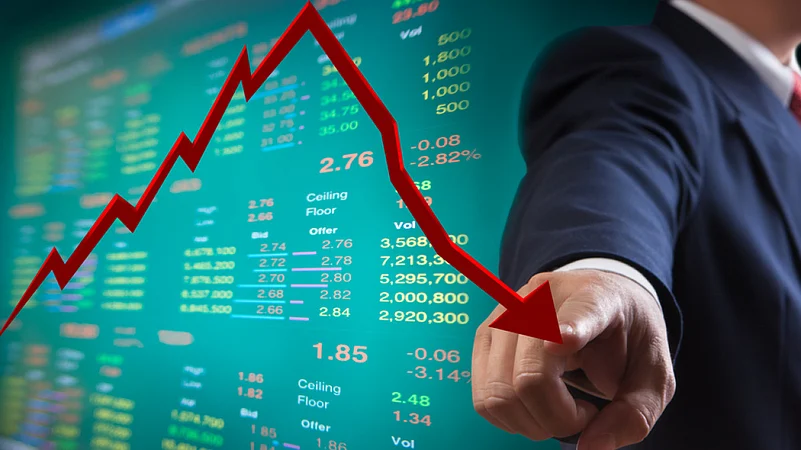Following four consecutive days of being in red, the Indian stock market today on May 10, 2024, saw a relief rally today. The S&P BSE Sensex surged by 0.36 per cent to close at 72,664, while the NSE Nifty50 regained 0.44 per cent to touch 22,055 points when at the market close. Despite Friday's gains, this week has recorded the worst performance for both Nifty and Sensex since mid-March, with declines of approximately 1.84 per cent.
Further, the Indian volatility index, India VIX also called the fear index, continues to remain elevated amidst today's gains. It opened at 18.20 before climbing to an intraday high of 18.66 and finally ended at 18.47.
What Led To Market Losses: Will It Continue?
Aamar Deo Singh, Senior VP - Research, Angel One said, "Indian markets saw sharp correction during the week, with the benchmark indices correcting 2 per cent to 3 per cent, on the back of FII selling, lightening of positions ahead of the Lok Sabha election results, hawkish US Fed stance on interest rates, mixed Q4 results and the rise in India VIX, also called the Fear Index, by over 25 per cent WoW."
Historically, the India VIX index tends to rise before elections due to the increased uncertainty in the markets. Additionally, global factors such as recent decisions made by the US Federal Reserve and recent selling by FPIs contributed to this surge in volatility and VIX. Foreign portfolio investors have continued their selling spree in both debt and equity markets over the past three weeks.
When the India VIX is in the range of 10-12, it's typically considered low, while a VIX level of 20 or higher is considered high. A high VIX suggests increased volatility ahead due to rising fears and expectations. Currently, Indian VIX is up by around 70 per cent in one month.
How Has Market Reacted In 2019 Elections?
NISM-certified Research Analyst Hariprasad Menon observed, "In spite of global markets faring well, the Indian stock market has been making losses in last four days. This had happened in previous elections too".
"In 2019, the Nifty which was trading around the 11,600 range dropped by over 4.5 per cent to 11,100 while the elections were ongoing. During that period, the Indian VIX surged from 18 to 30. A higher surge in volatility was seen in 2014, with the VIX surging from around 13 to 39."
"Before the 2024 elections, the Indian VIX stood at 10, and now, halfway through the elections, I feel the VIX could reach up to 30. The uncertainty surrounding the election outcome is what drives volatility. After the 2019 elections, the Nifty surged from 11,100 to 11,900 within 10 days of the results, reading the lost ground and surpassing previous levels. Similarly, Nifty will surpass resistance levels and may reach the 23,874 mark post-election results. The downtrend in the Nifty doesn't seem likely to extend beyond 21,500."
Explaining the VIX concept, Menon said, "Experienced traders who know the previous election trends and resulting volatility often benefit from it by entering into short options (call or put) in a short expiration cycle and vice versa. The VIX index raised to a high level can act as an alert to protect retail investors from potential risks arising from high volatility."














